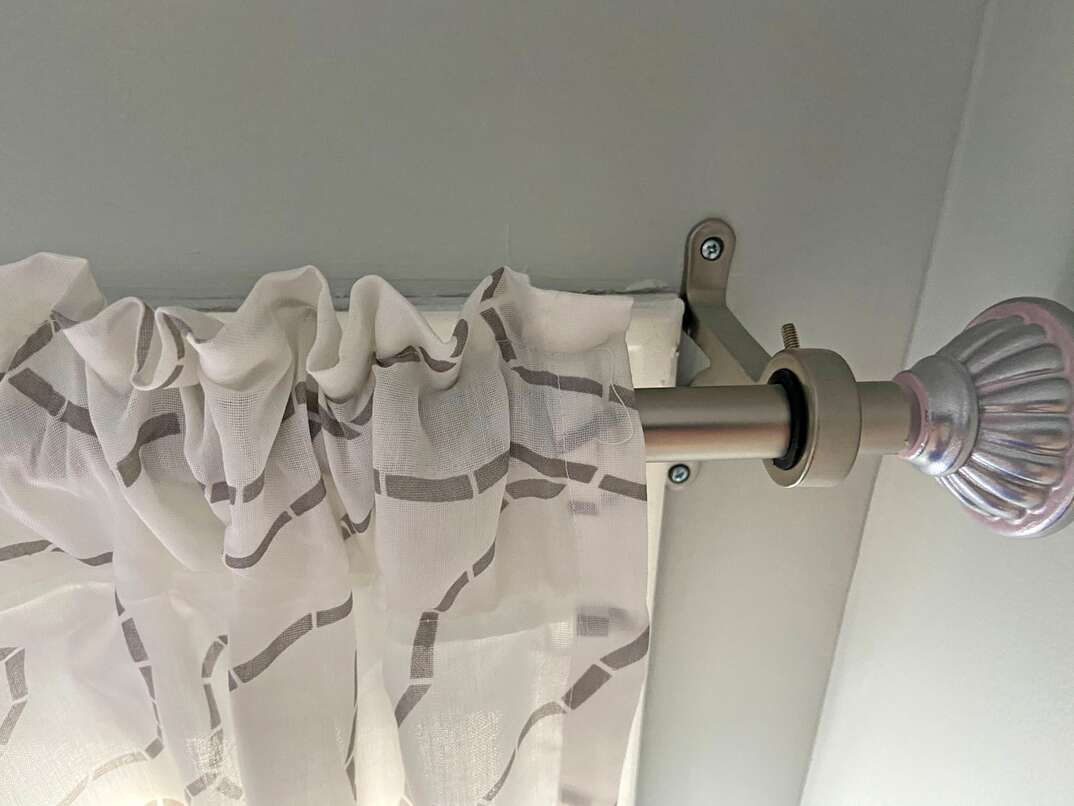How Much Cash Will You Drop on a Drop Ceiling?

Have your popcorn ceilings become an eyesore? Do you want to cover up some unsightly water stains or exposed ductwork? Perhaps you simply want to spruce up your living space. In any case, a drop ceiling might be the project for you.
This May Also Interest You: Will a Drop Ceiling Get You in Over Your Head? Here’s What You Need to Know
Creating a fresh look for your home can be a fun and rewarding project. However, if time and cost are major factors, you would do well to weigh the options available.
What’s the Difference Between a Drop Ceiling and Drywall?
When it comes to renovating or remodeling a ceiling, you basically have two options to choose from: drop ceilings or drywall. The right option for you is mainly determined by your aesthetic preferences, the amount of time you have to spend on the project and what you’re willing to spend on labor and materials.
A drop ceiling is a grid system that holds tiles or panels in place on the ceiling. There are many advantages to installing a drop ceiling, as it is both practical and decorative. Drop ceiling tiles are available in several unique and beautiful styles, including faux wood and metal. You can also choose from various colors to blend in with your existing décor and transform your interior from drab to trendy. Another advantage of drop ceilings is that they provide easy access to wires and plumbing, which is especially important in basements and garages. They may also improve the soundproofing in a room and allow for easy installation of lights, which can significantly brighten your living space.
A drywall ceiling involves pieces of sheetrock that you attach to the ceiling beams. The decorative options aren’t as exciting as with a drop ceiling; the most you can do is give it a fresh coat of paint. Drywall does, however, add a smooth and finished look, and it’s a good option if you want to create a neutral and relaxing environment.
Is It Difficult to Install a Drop Ceiling?
Installing a drop ceiling is usually more manageable as a DIY project than putting in a drywall ceiling. If the room is open and uncluttered, it can be done in a relatively short time and without professional help. If you want to install drop ceilings in more than one room and you have features such as furnaces, water heaters and vents, you might want to consider hiring a professional handyman or licensed contractor. However, if you choose to make it a DIY project, there are videos and installation guides that will help you install your ceiling fixtures and panels.
A drywall ceiling can also be a DIY project. However, keep in mind that it requires more physical labor, as the sheetrock is pretty heavy and needs to be raised up to the ceiling. It takes longer to install and requires more work after installation, such as covering screw heads, sanding, painting and cleaning.
More Related Articles:
- How to Install Crown Molding
- How Much Does It Cost to Install Crown Molding?
- How to Fix a Large Hole in Your Drywall
- How Much Does Drywall Cost?
- How Much Do Professional Painters Charge?
Is It Cheaper to Install a Drywall or Drop Ceiling?
The cost of installing a drop ceiling depends on the material, complexity of the work and whether you do it yourself or hire a professional contractor.
It is cheaper to install a drop ceiling as a DIY project. It’s also less labor-intensive and can be done in a weekend. According to Costimates, the average DIY drop ceiling cost is about $2.70 (CAD 3.68) per square foot and approximately $8.74 (CAD 11.91) per square foot if you hire a professional. The following factors have an impact on the bottom-line price:
- Size: The larger the area, the higher the price.
- Panel material: Mineral fibers are less expensive than features such as acoustic design and mold-resistant panels.
- Panel quality: Premium tiles are more expensive than cheap or midgrade tiles.
- DIY or professional: Hiring a professional contractor can account for 25% to 50% of the installation cost, depending on the material used.
- Complexity: Features such as furnaces, water heater plumbing and vents are best done by a trained technician.
- Location: The cost of living in your area can have an influence on estimates.
All CAD conversions are based on the exchange rate on the date of publication.


